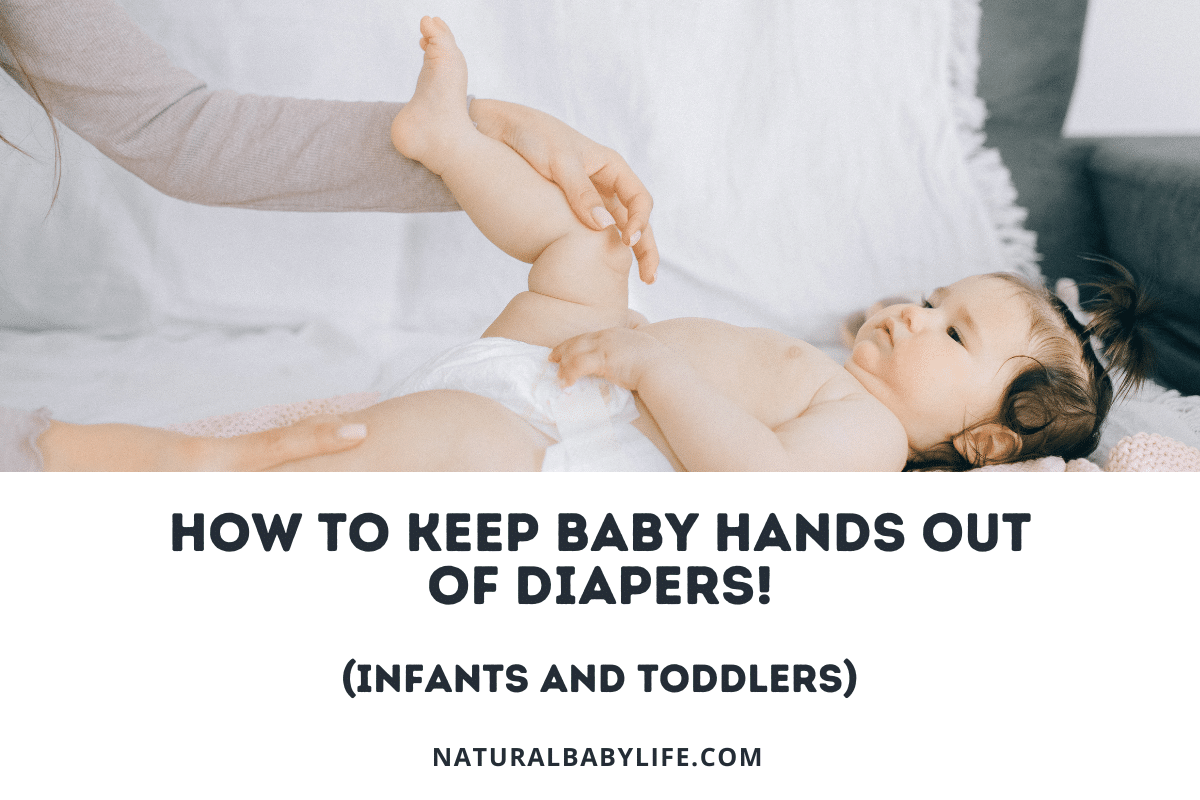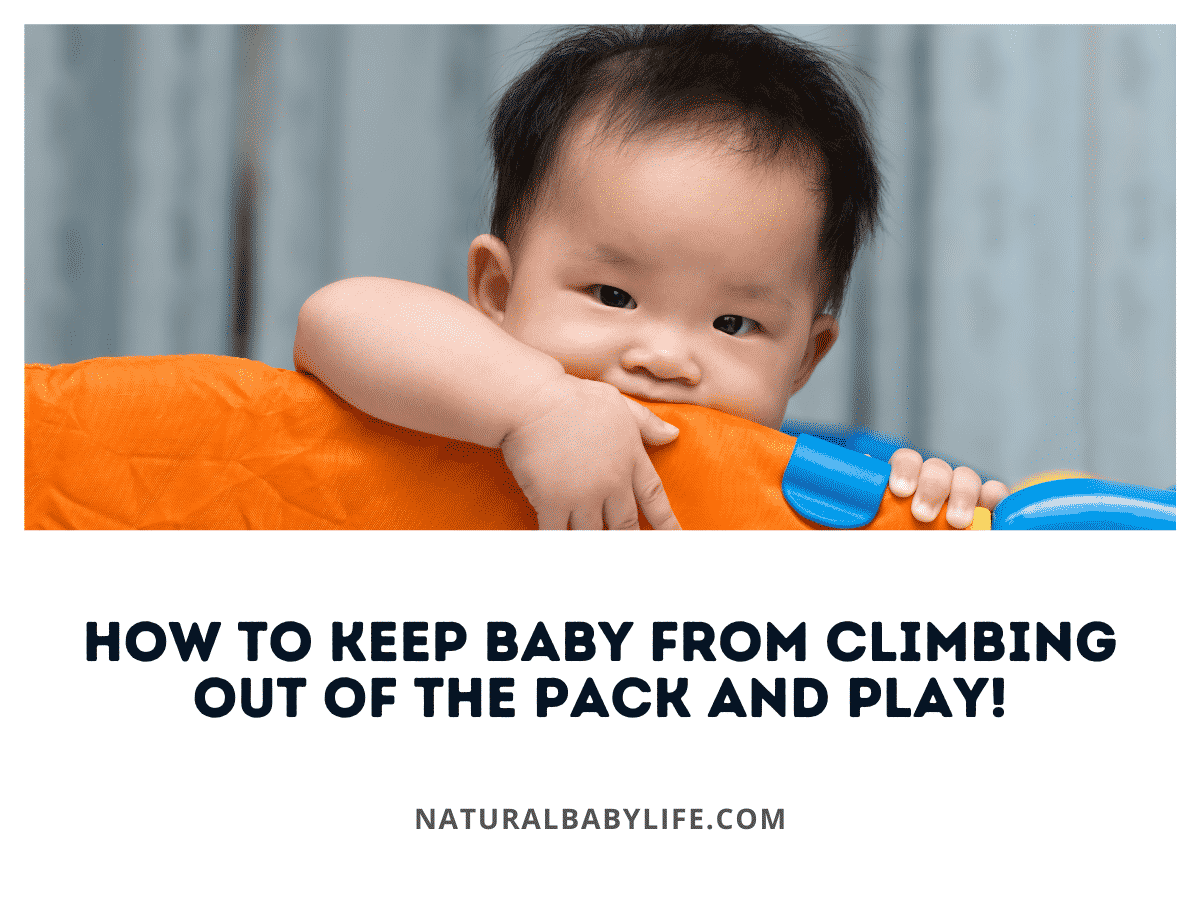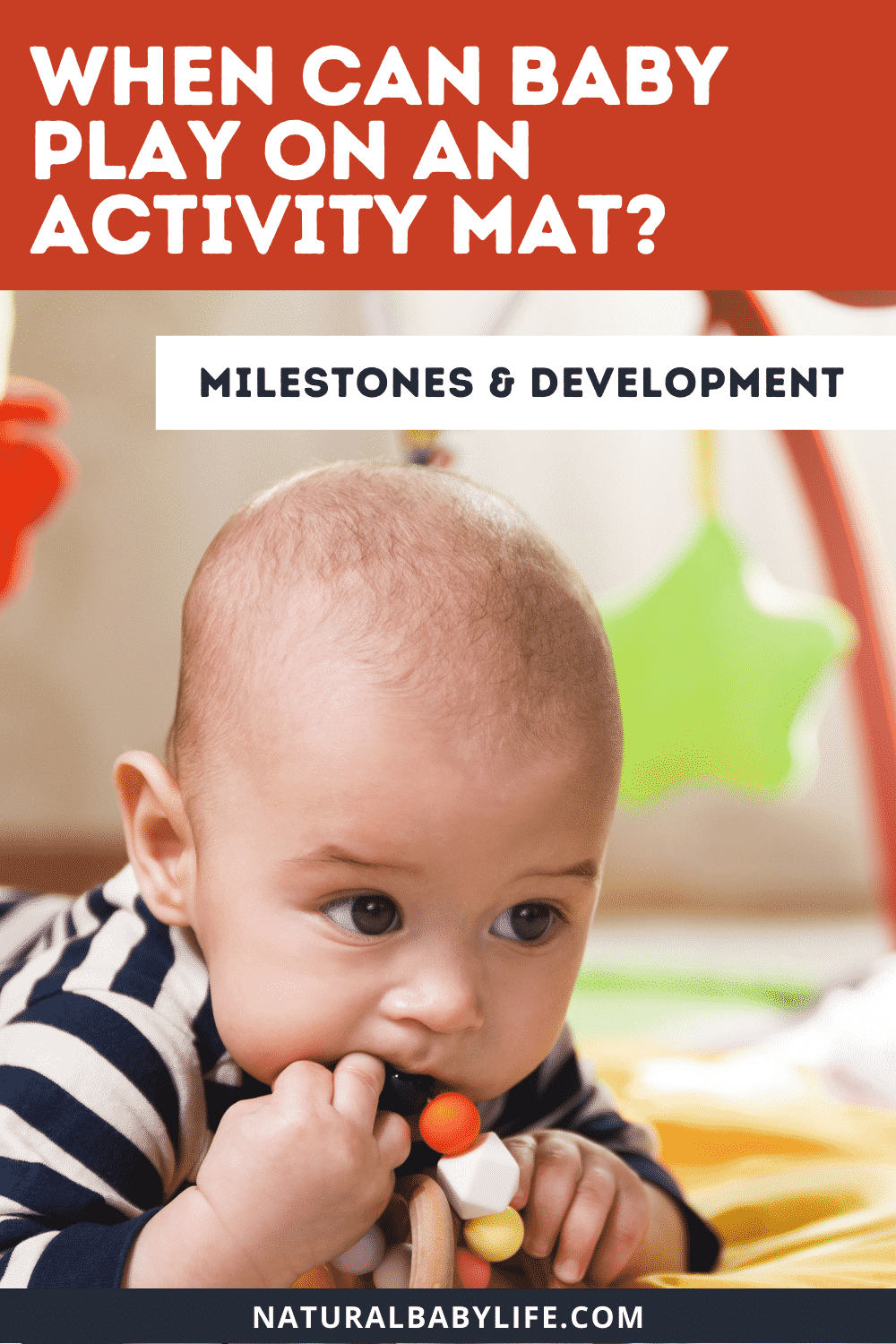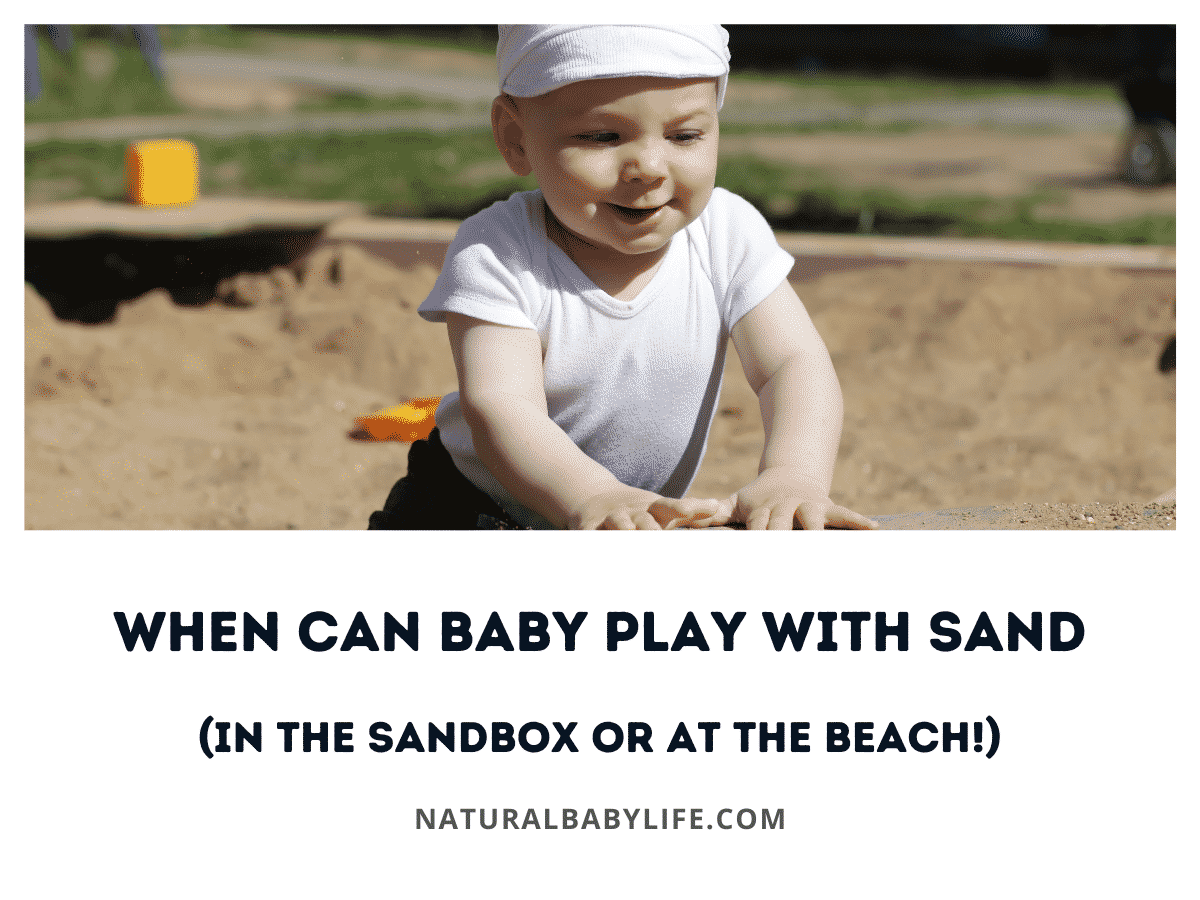Parents spend countless hours researching all the latest and greatest baby toys. They buy ones that are developmentally appropriate and also educational. And then what happens? All those toys sit discarded on the floor and all baby wants to play with is a water bottle!
You would be hard-pressed to find a baby who isn’t fascinated by a plastic water bottle. From the crinkling sounds it makes to the water sloshing around inside to the sheer fact it’s something that mom and dad carry around, everything about it is exciting. Try taking advantage of that interest and making a sensory toy out of an old water bottle!
Read on to find out any safety issues that plastic water bottles can pose for your baby as well as some tips for how to create a great sensory toy to provide your baby even more enjoyment.
Table of Contents
Baby loves playing with water bottles
Babies love water bottles for the wide array of sensory input it gives them.
They get to see and hear the water sloshing around inside as they shake it, get to hear and feel the plastic crunching under their fingers as they squeeze it, and it’s sized perfectly for their little hands.
While playing with water bottles is relatively safe for babies, there are some safety issues to be concerned with. Make sure the lid is tightly closed as the plastic lid as well as the plastic ring the cap attaches to could be a choking hazard. If your baby is able to unscrew the lid, you may want to empty the contents out and just remove the lid and ring.
Also, many plastic water bottles can contain harmful chemicals, such as BPA and phthalates, that you may not want your baby chewing on or drinking water out of as these chemicals can seep into the water. Babies under six months old don’t need any water, and infants 6-12 months of age only need a few ounces of water a day so while they might enjoy drinking water out of your water bottle, they only need small amounts.
One great way to use your baby’s fascination with plastic water bottles to your advantage is to create a sensory bottle with everyday household items such as water, glue, and glitter to create a toy your child will spend hours playing with.
Why do babies love water bottles?
Most babies are drawn to water bottles.
Water bottles are easy for their little hands to grip and lightweight enough for them to wave around as they please. They also provide tons of sensory information. The plastic of the bottle crunches pleasingly as they squeeze it – or more accurately try to put it in their mouth – and if they shake it hard enough, they can hear water sloshing around.
Bonus points if they get to take a sip of your water, even if they despise water in their own sippy cup. When it comes out of your water bottle, it’s a novelty. They want to do everything you do, after all.
Are water bottles safe for babies?
While plastic water bottles are generally safe for a baby to play with, it should probably only be done under parental supervision. Several pieces on the water bottle could pose a choking hazard to small children, such as the plastic lid and the plastic ring to which the lid attaches.
Another concern would be the chemicals that may be present in the plastic, especially when your child starts chewing on the bottle. And while drinking a few sips of water is generally safe for older babies, drinking water can be dangerous for young infants.
Chemicals in plastic
Plastic has been getting a bad rap lately, and for good reason.
There are many harmful chemicals such as BPA and recycled plastics that can be found in the plastic items we use every day, including those plastic water bottles your baby has been gumming.
The most well-known chemical found in plastics is probably BPA, or Bisphenol- A which is a known endocrine disruptor that has been linked to problems such as infertility, PCOS, early puberty, and some breast and prostate tumors.
It’s recommended that parents avoid recycled plastics that show #3 (phthalates), #6 (styrene), or #7 (bisphenols) on the bottom. Phthalates are chemicals added to plastic to make it more bendable and are believed to potentially affect the reproductive system. Styrene is a chemical added to many plastics, including “food-use” items that has been shown to cause sperm damage and impaired learning in rats. It’s also a possible carcinogen.
If you’re wanting to steer clear of BPA as a precaution, the following brands use BPA-free plastic water bottles:
- Essentia
- Dasani
- Fiji
- Just
- Evian
- Perrier
- Core
- Propel
- Penta
- LifeWtr
- Poland Spring
- Nestle Pure
- Waiakea.
Water consumption
Babies that drink too much water can experience water intoxication, a dangerous condition where potassium levels can become diluted which can lead to coma, seizures, brain damage, and even death.
While water intoxication is rare and caused by excessive water consumption, it’s important to be aware of the dangers of your baby getting too much water especially if they are playing with a water bottle.
Babies ages six to twelve months old only need 4-8 ounces of water a day. Babies younger than six months old don’t need any water as all their hydration needs come solely from breastmilk or formula. In fact, babies younger than six months old who drink water could face nutritional deficiencies or weight loss as they fill up on water instead of milk.
Flow control
If your baby is able to unscrew the water bottle lid, you probably want to make sure there is only minimal water in the bottle.
Babies who drink from water bottles are unable to control the flow of water like they would in their sippy cups or when drinking through a straw. This could cause an excess of water to come out at once and could increase the risk of your child aspirating water into their lungs.
While it is unlikely your child could experience secondary drowning from this, aspirating any fluids into the lungs can pose significant health concerns like pneumonia.
Screw top lid
While the plastic water bottle itself may seem like a pretty harmless toy for your child to play with, care should be taken when allowing your child to have the bottle with the screw-on lid on top.
If your baby is old enough to unscrew the lid, your child should never play with the water bottle unsupervised. And not only the lid, but also the plastic ring that the screw top lid connects to can pose a choking hazard.
Toddlers usually have the motor control necessary to screw and unscrew bottle lids by the time they’re two, but all babies learn at different paces so it’s entirely possible that a baby much younger than that could do the same.
Making water bottles safe for baby play
If your baby’s favorite toy is the water bottle, fear not.
There are several ways to make this activity safe for your little one:
- Wash the outside thoroughly to remove any dirt or germs (because you know the first thing your baby will do is put it straight in their mouth).
- Only purchase brands of water bottles that are BPA-free.
- If you don’t think your child is old enough to unscrew the lid, make sure is securely tightened.
- If your child is old enough to unscrew the lid, empty the water out and let them play with an empty bottle or make a sensory bottle and use tape or glue to close the opening.
Sensory bottles for babies
Sensory bottles are a great way to incorporate your baby’s love of plastic water bottles with a safe and fun way for them to engage their senses.
Sensory play is vital to early childhood development and helps the brain make important connections. Babies, in particular, benefit from sensory play as they use their sight, touch, taste, smell, and hearing to understand how their world around them works.
Your options for filling the bottles are as endless as your creativity. Fill them with items that have movement, texture, and colors to capture your child’s imagination. The best part is after the sensory bottles are created, they are virtually mess-free! Just ensure that the lid is screwed on tight, and either glue or tightly tape the lid closed so that your curious child can’t take it apart.
Making sensory bottles
Making your own sensory bottles for your baby from plastic water bottles is a pretty simple task you should be able to complete in just a few minutes:
- Thoroughly wash the outside of the bottle with soap and warm water.
- Fill the inside of the bottle with the contents of your choice.
- Glue the lid closed with super glue. The last thing you want is the contents dumped all over the floor.
Don’t stress about what items to use to fill your bottles. In fact, you don’t even need to make a special trip to the store. Just use everyday items you already have laying around the house.
Generally, most sensory bottles include water, glue or vegetable oil, a few drops of food coloring, and any other interesting items that could engage the senses such as glitter, sequins, or even strips of aluminum foil. Your baby will have a blast shaking the bottle and seeing all its contents floating about.
These sensory bottles can also be a great tool for older children with special needs as well.
Here’s a quick video tutorial from Little Learners to help you get started!

![Is It Weird That My Baby Loves Water Bottles [Make It a Sensory Toy]](https://naturalbabylife.com/wp-content/uploads/2021/02/my-baby-loves-water-bottles_featured.png)








